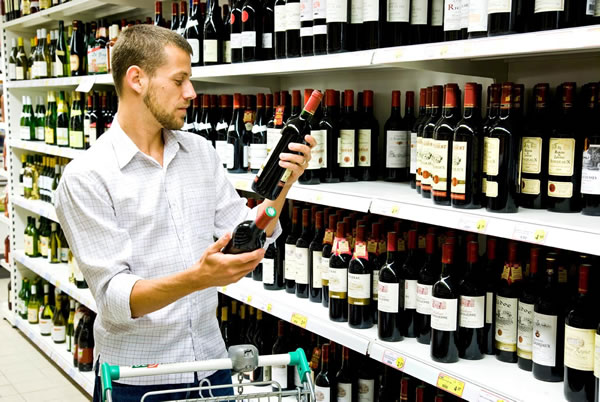Affordable wine doesn’t have to taste cheap. But how can you tell you have a good bottle before pouring that first glass?
Jörn Kleinhans, owner of the The Sommelier Company, spoke to Stuff, and explains that certain words are reliable indicators of high-quality wine at any price point.
“CLASSICO” on a Chianti
Wine that is only labelled Chianti is usually not very good. Look for the label that says ‘Chianti Classico,’ cause that is always a good wine. The term ‘Classico’ describes the local best core-growing regions of this type of wine. The core vineyards in the centre of the region that have the best terroir and the best orientation to the sun. Other vineyards may also produce a wine called Chianti, but they aren’t permitted to add “Classico.”
‘GRAN RESERVA’ on a Rioja
Rioja is the most important wine of Spain. It can be labelled as either “Reserva” or “Gran Reserva,” but you should always look for, without exception, the Gran Reserva. It means this wine has a strong oak flavour, the hallmark flavour of Rioja. It also guarantees this wine has been aged in oak for two years or more, and an additional three years in the bottle. Rioja Gran Reserva is probably one of the greatest high-end wines in the world.
‘CRU BOURGEOIS’ on a Bordeaux
The “Cru Bourgeois” distinction has to do with the French region of Bordeaux, where these wines are produced. The greatest wines of the region are classified as “Grand Cru Classé,” which has been so successful that prices went through the roof and bottles are no longer available for under US$40 or US$50.
For the value lovers, ‘Cru Bourgeois’ is the back door to get outstanding Bordeaux for under US$25. Those are the chateaus not allowed into the Grand Cru classification 150 years ago. Several outstanding chateaus were left aside, and nowadays these wines not labeled Grand Cru, but Cru Bourgeois, you can get at a great value. It’s the level right under the Grand Cru level people are paying thousands for.
‘TROCKEN’ on a Riesling
If you don’t like riesling because you find it overly sweet, keep an eye out for the word “Trocken” on the German varieties of this wine.
‘GRAND VIN’ on a Bordeaux
Sometimes chateaus issue a number of different wines and Grand Vin denotes the first label. It means the premuim wine of the house. The best berries of every vintage are selected into this wine — it’s not one of the leftover sell-offs. This is important because in many years in France, the lesser berries are very disappointing. Sometimes the Grand Vin is very expensive, but you can get many under US$25. The term Grand Vin can also be found on bottles marked Cru Bourgeois.




